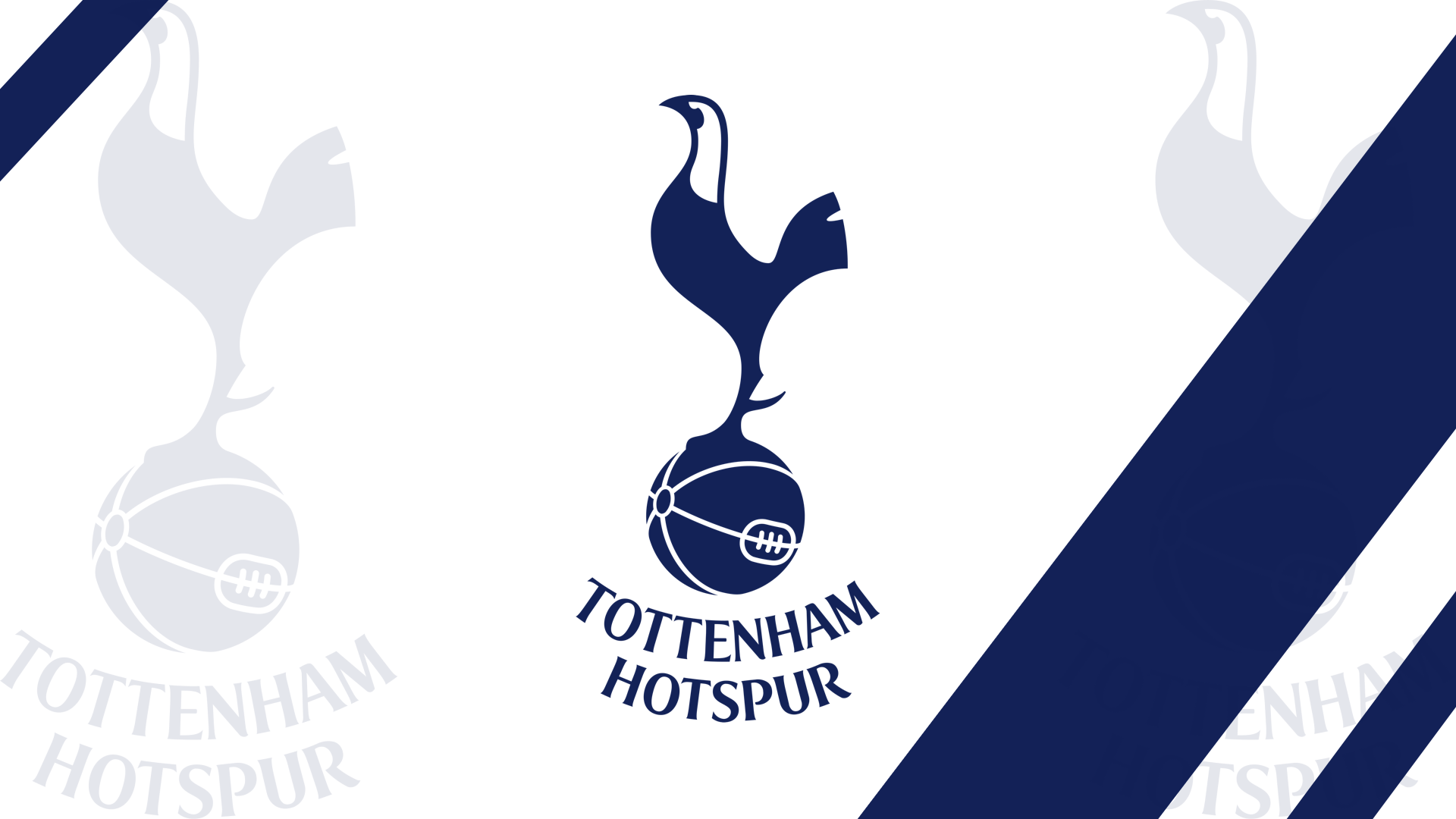Tottenham FC is a name that resonates deeply within the world of football. As one of England’s most storied clubs, Tottenham Hotspur Football Club, commonly known as Spurs, boasts a rich history filled with iconic moments, legendary players, and passionate supporters. From their humble beginnings in North London to their modern-day achievements, Tottenham FC remains a symbol of resilience, flair, and unwavering commitment to the beautiful game ww88.
In this comprehensive exploration, we delve into the multifaceted aspects of Tottenham FC, analyzing its history, tactical evolution, fan culture, managerial influence, and future prospects. This detailed guide aims to provide both newcomers and long-time fans with an insightful understanding of what makes Tottenham FC a unique and enduring football institution.
The Historic Roots and Evolution of Tottenham FC
The story of Tottenham FC begins over a century ago, rooted in local community spirit and driven by a passion for football. Understanding the club’s origins offers valuable context for appreciating its current stature, ethos, and influence within English and European football.
Origins and Early Years
Founded in 1882, Tottenham Hotspur initially emerged from local youth groups in North London. Their early days were characterized by grassroots enthusiasm and rapid growth. The club was officially formed through the efforts of a group of schoolboys who wanted to create a team representing their community.
In the initial decades, Tottenham established itself in regional leagues, gradually climbing the ranks of English football. Their early style reflected a combination of raw talent and emerging tactical discipline, setting foundational principles that would shape their identity.
Key Milestones and Turning Points
Throughout their history, Tottenham FC has experienced significant milestones—from their first major trophy wins to landmark European campaigns. The club’s first FA Cup victory in 1901 marked their arrival on the national scene, showcasing their competitive spirit.
The post-war period saw a renaissance under visionary managers like Bill Nicholson, whose leadership led the club to unprecedented success in the 1960s. Under Nicholson, Spurs achieved a league and cup double in 1961, becoming the first British club to do so in the 20th century.
Other pivotal moments include their run to the UEFA Cup final in 1984, their move to the new White Hart Lane stadium in 1899 (and subsequent relocations), and recent efforts to modernize facilities and improve squad competitiveness.
Iconic Players and Their Impact
The evolution of Tottenham FC is inseparable from the legendary figures who wore the badge. Players such as Jimmy Greaves, Martin Chivers, Glen Hoddle, and more recently, Harry Kane have left indelible marks on the club’s history.
Jimmy Greaves, renowned for his goal-scoring prowess, set scoring records that still stand today. Glen Hoddle’s elegant playmaking elevated the team’s creative output, inspiring generations. Harry Kane’s prolific scoring and leadership exemplify the club’s ongoing pursuit of excellence.
Tottenham FC’s Role in Modern Football
Today, Tottenham FC balances tradition with innovation. The club’s emphasis on developing young talent, embracing advanced analytics, and investing in infrastructure underscores a strategic vision aligned with contemporary football trends.
